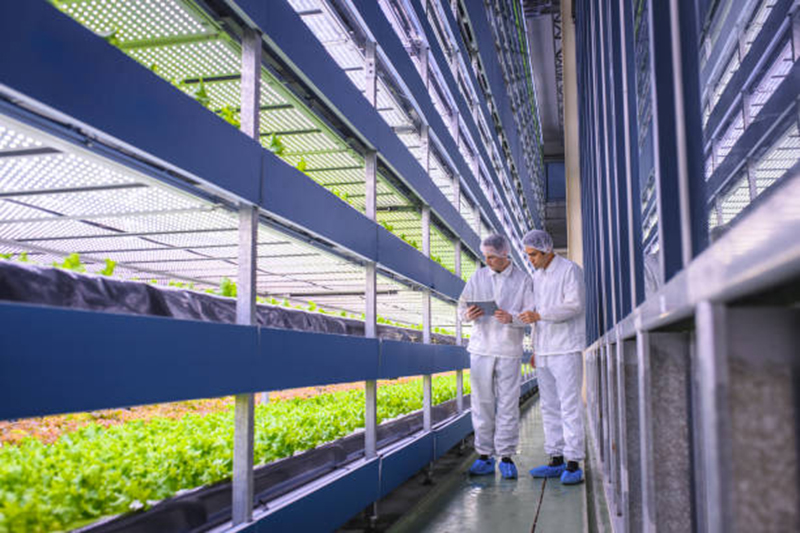
Boston tailwinds impact on life science construction - by Jennifer Hamwey

Macroeconomics have impacted life science construction here in Boston as capital markets lose their tailwinds. While incubator space is thriving, the performance of the life science asset class is constrained. Construction financing, hefty interest payments and the demand by lenders to have a fully leased, fully occupied and stabilized development is slowing new projects. According to the Milken Institute, Massachusetts is holding number one in the State Technology and Science Index where it has been since 2002, Boston continues to outpace the nation in biotech and life sciences, where California and Colorado make up the top three. Massachusetts remains a global leader in innovative research programs with emerging technologies like fusion clean energy, bioinformatics or machine learning to cure all disease and with recently announced public funding commitments to enhance labor programs.
and Science Index where it has been since 2002, Boston continues to outpace the nation in biotech and life sciences, where California and Colorado make up the top three. Massachusetts remains a global leader in innovative research programs with emerging technologies like fusion clean energy, bioinformatics or machine learning to cure all disease and with recently announced public funding commitments to enhance labor programs.
Funding and Labor: VC appetite changed in late-2021 and lending followed in mid-2022 as the rate hikes began and now in mid-2023 owners are navigating negative leverage. Boston is still a leader in start-ups, and as expected, they are remaining in their incubator spaces longer. As Series B capital falls sharply and IPOs cool, start-up growth and novel research continue to find funding and are propelled into the Boston sublease market. Massachusetts is outpacing the US life science sector job growth by over five points, employment in biotech R&D grew 6.2 points and life science employment grew by 3.5 points year over year as of Q1 2023. It is estimated that by 2033 Massachusetts will see its life science workforce increase by 32% or 42,000 new jobs. Scalable training programs, as life science demands increase over the next decade, are underway in the city of Boston, the governor’s office and the Commonwealth administration. Meeting in June at the 2023 BIO International Convention, industry and political leaders announced public and private sector teaming, legislation and funding crafted to bolster a diverse and skilled workforce.
 New and Lease Space: New construction supply is outpacing demand and fewer tenants are graduating to new space, causing Boston’s 2 million s/f per year of new build absorption to flatten and shift to the sublease market. Supply of new construction continues to move ahead and 70 million s/f is in the pipeline, 16 million is in active construction and 14 million is set for conversion. At the same time, tenants already in class A space are pulling back growth projections, preserving cash and flooding the sublease supply with square footage, as expansion space is put to market instead. When financing constraints eventually ease, the quality new product will be first to fill and clusters such as Kendall Sq., East Watertown, Fenway and the Seaport will see activity. Big Pharma also remains active in leasing and investment in space and Greater Boston will see more of this in the coming months, with the pipeline spread to 128, Framingham, Bedford and Devens.
New and Lease Space: New construction supply is outpacing demand and fewer tenants are graduating to new space, causing Boston’s 2 million s/f per year of new build absorption to flatten and shift to the sublease market. Supply of new construction continues to move ahead and 70 million s/f is in the pipeline, 16 million is in active construction and 14 million is set for conversion. At the same time, tenants already in class A space are pulling back growth projections, preserving cash and flooding the sublease supply with square footage, as expansion space is put to market instead. When financing constraints eventually ease, the quality new product will be first to fill and clusters such as Kendall Sq., East Watertown, Fenway and the Seaport will see activity. Big Pharma also remains active in leasing and investment in space and Greater Boston will see more of this in the coming months, with the pipeline spread to 128, Framingham, Bedford and Devens.
Sources: CBRE, JLL, MASSBIO, Federal Reserve, Milken Institute
Images courtesy GettyImages
Jennifer Hamwey, PE is principal at PCS, LLC, Boston, Mass.